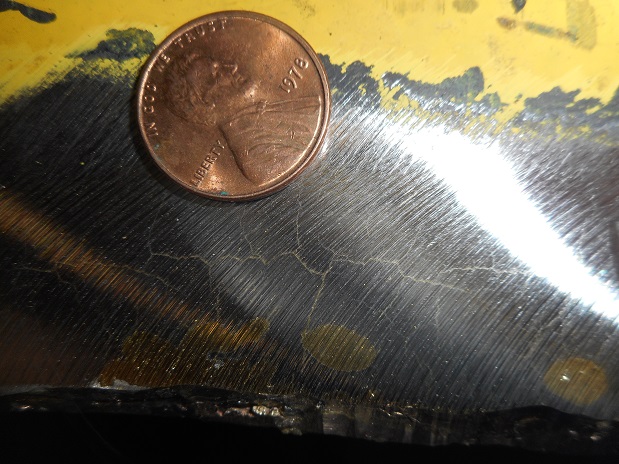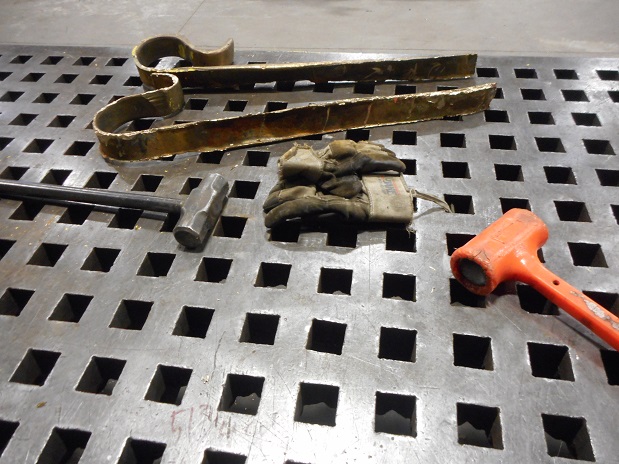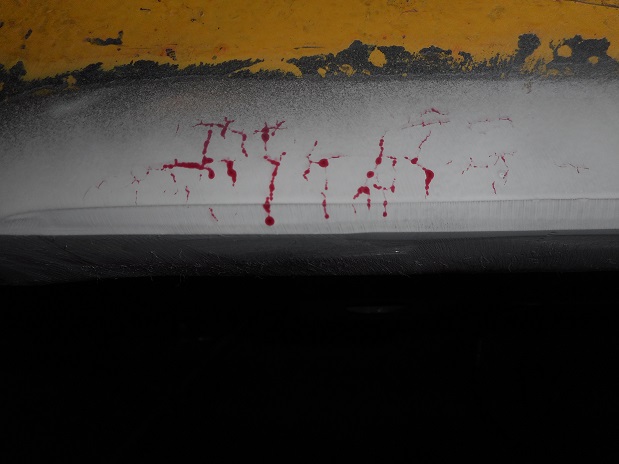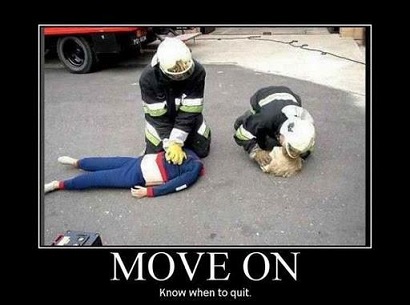Clif,
https://www.aws.org/cgi-bin/mwf/topic_show.pl?tid=34153You got a hand out.
Re-read all the posts. You took advice from a very smart man but he was two steps behind and still is on this issue. If the advice supports one's own interest is that not with a degree of bias? Is it really in your best interest?
>They were torch cut from 2" plate
You think this is rocket science, it isn't. Told you as much. I have seen a rocket, this isn't it.
>I would NOT have attempted any repair on the hooks as is
And asking advice was a good first step. But even as you re-read the posts, no where was it said it couldn't be done. So what advice did you really receive? I have a library that says it can be done. I have experience that says it can be done. As a matter of fact, I've seen the same part as a grunt apprentice years ago. My guess, hooks used on a container truck. I'd worry more about the truck, brakes and steering and if the load is secure.
>no attempting to breathe life into a long dead horse carcass
Excuse me? You will be eating those words. Make no mistake, I've eaten many of my own. Those are classic. And the horse isn't dead, but your killing the poor beast just because it's easier to do then throw a new shoe on it's feet. Wonder why things cost so much...
It's all good. But I'm getting tired. The road is long. But it will get short quickly.
Respect your elders, but don't trust what they tell you to be true at all times.
Think for yourself, but use the knowledge and wisdom gleaned from others to guide you in finding the answers.
The rest of you boys...and I don't mean the regulars, you will see, we are your peers, not gods to be worshipped. Men.
Some just dress a little finer and use spell check more often.
Knowledge is wealth. Information gives you power. Some clutch it tightly and charge for it when others seek it, some just give it away freely.
These guys have delivered that in droves,freely, they have my respect and should have yours as well.
I don't always agree, but I do mostly respect the opinions they share as freely as they do.
Change is a good thing.
Eventually this room will be quiet without it. I choose to be here but I also choose to go. Damn the results.
I have had enough. I need a change. I'm a welder. I quit.
Quiting because you don't want to anymore is ok. Like smoking. I choose to quit.
I came for the welding, what did I find...The blind stares of a million pairs of eyes, all surprised, trying to figure out the codes who don't understand welding.
I'm going to buy a tractor and switch forums.
http://www.mytractorforum.com/ Lots of action with tractors.
My musings here have run the course. Without weight or value to any further conversation, thanks guys, It's been a slice.
A slice of sweet sticky pie.
No offence intended, and with all do respect, don't forget the W.
I need only read the postings, you are inspiring men. I've lingered too long on you're words.
But I remind all in my quitting, we are all just men. It's what we leave behind that defines our legacy. Life is best lived with an open mind.
Jon. I don't think we've talked before. I've read your most recent post and was bummed right out. My thoughts are with you.
You have as well been a source for knowledge, support, and insiration to me. Thanks...
If your reading this, I think you understand better than most my sentiment.
If it offends you, please accept I mean no disrespect, but I couldn't express it better and your post about sums things up for me.
-----------------------------------------------------------------------------------------------
Topic Minimum Distance of welds?By jon20013Date 04-10-2012 12:33
"You have to do it because the code requires it." is the biggest cop-out practiced by inspectors and QC departments around the world."
That may very well be the most astute phrase I've ever read in the Forum. Hope all of our lesser experienced folks read that many, many times.
There is usually (but not always) a rhyme and a reason to what's written in Code... but don't think for even one second that just because something IS written in Code (or on the otherhand, isn't) that it necessarily makes something right or wrong. There are some absolutely brilliant people serving on code committee's, but there are also a bunch of narrow minded people as well. MOST of the time they /we get it right thanks to the consensus process.
--------------------------------------------------------------------------------------------
Clif, you will learn in spite of us. Good luck in your endeavors.
I leave you in capable hands. Smooth,soft,capable hands.
Best regards,
Noel Chyz









 If I had huge stacks of these to do then id have a more efficient way to get it done...
If I had huge stacks of these to do then id have a more efficient way to get it done...




 They hate that thing more than the noise I made with the chisel....
They hate that thing more than the noise I made with the chisel.... 


 Then I ran and hid from the flying objects
Then I ran and hid from the flying objects 












 Send it to the water jet and put some tabs that bend around the outside of the hook so that the bolts dont get mashed up by the load and replacement is easier. Or just sink them in the wear face and deal with cutting them off with violent means when it comes time to repair them.
Send it to the water jet and put some tabs that bend around the outside of the hook so that the bolts dont get mashed up by the load and replacement is easier. Or just sink them in the wear face and deal with cutting them off with violent means when it comes time to repair them.


 ) and it needed a new hook with brass liners...
) and it needed a new hook with brass liners... 
